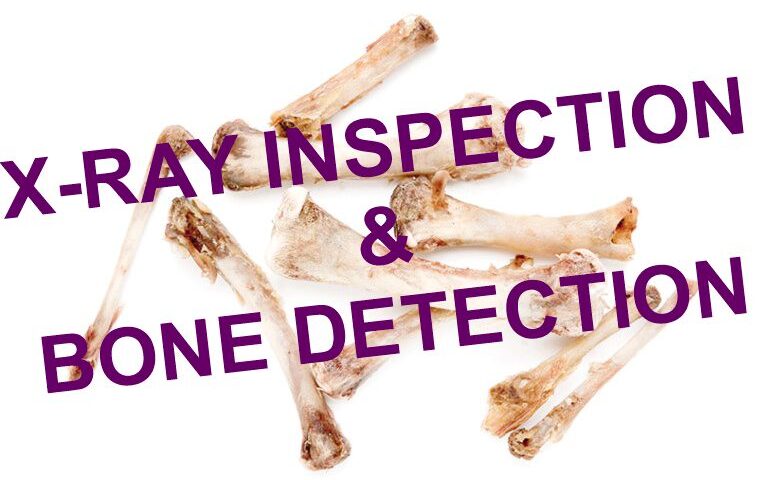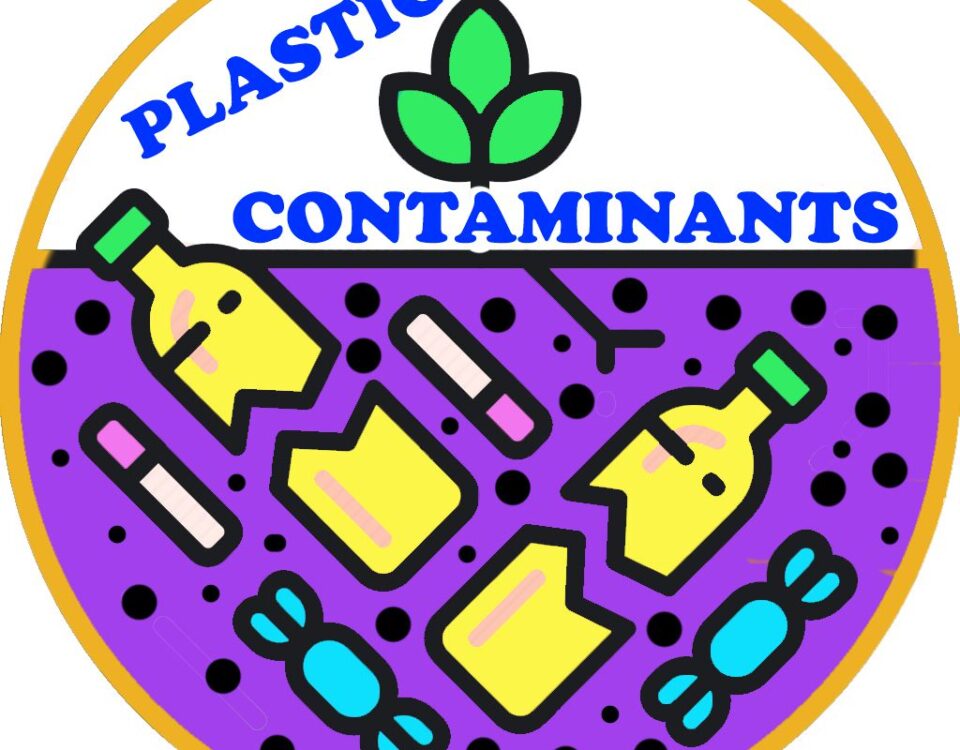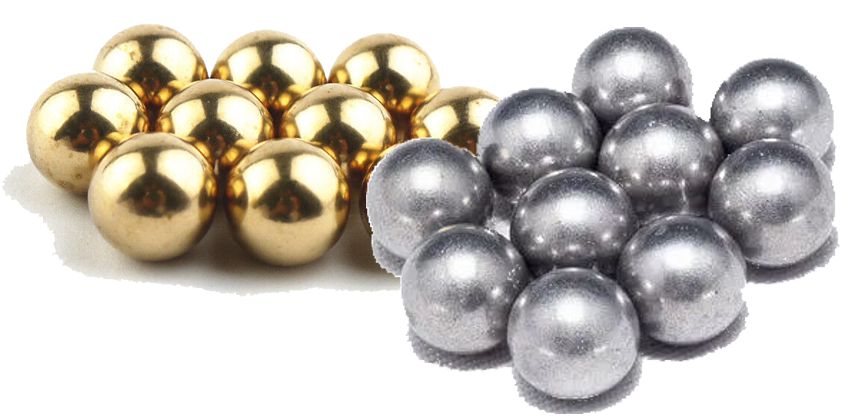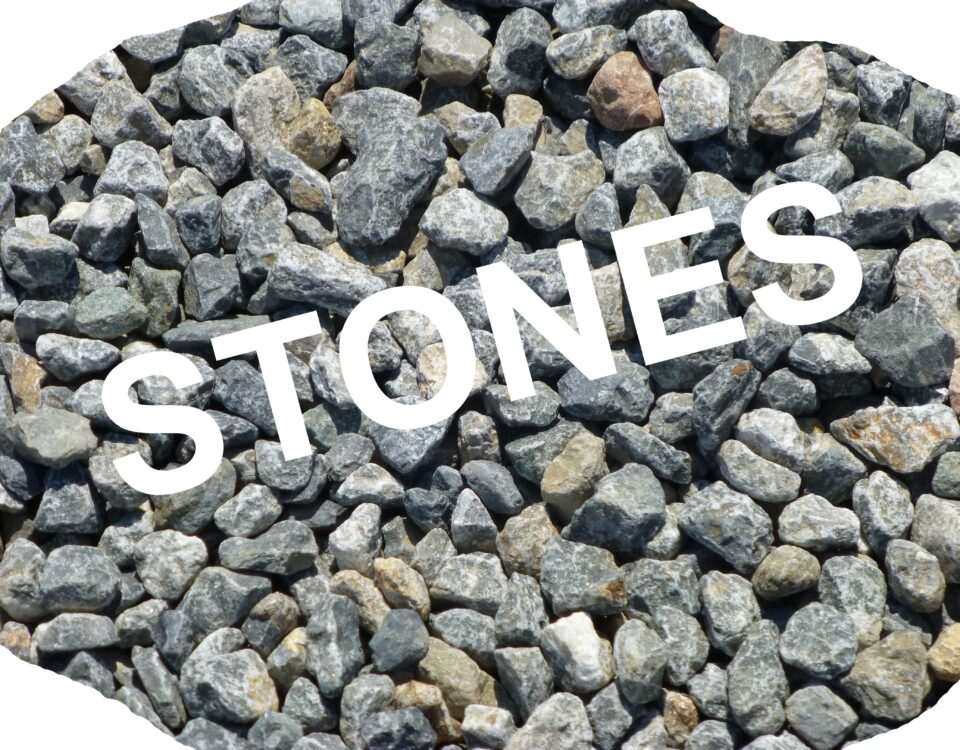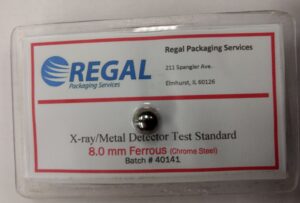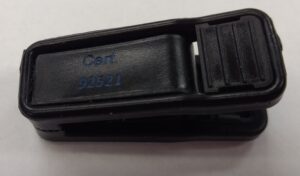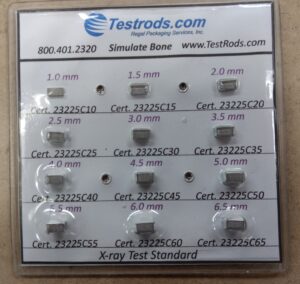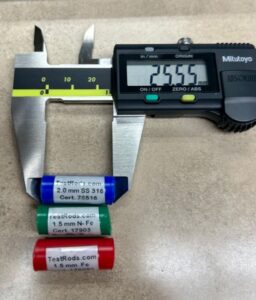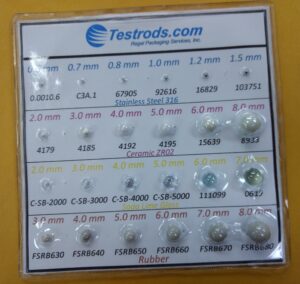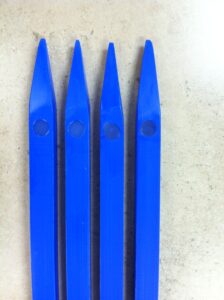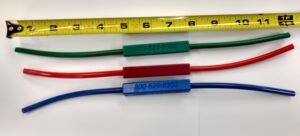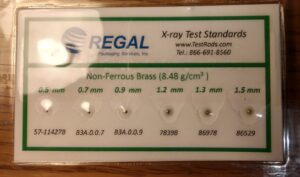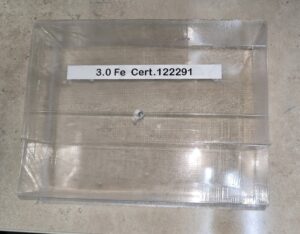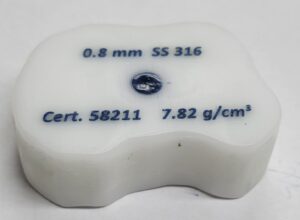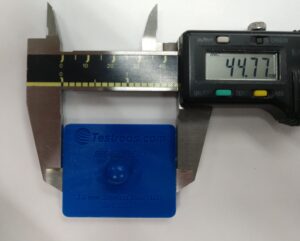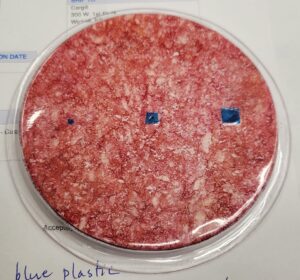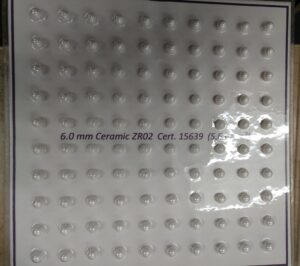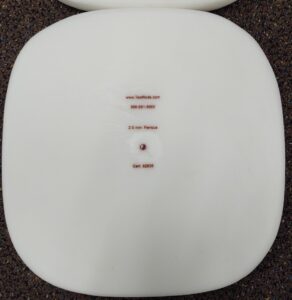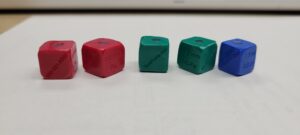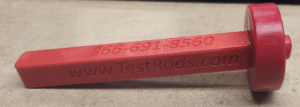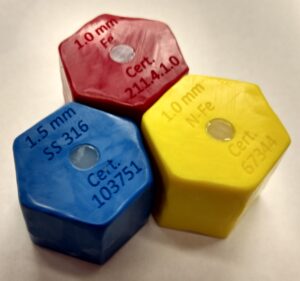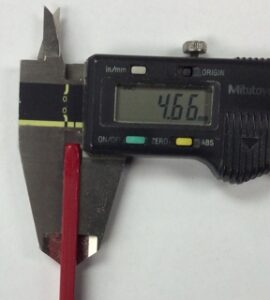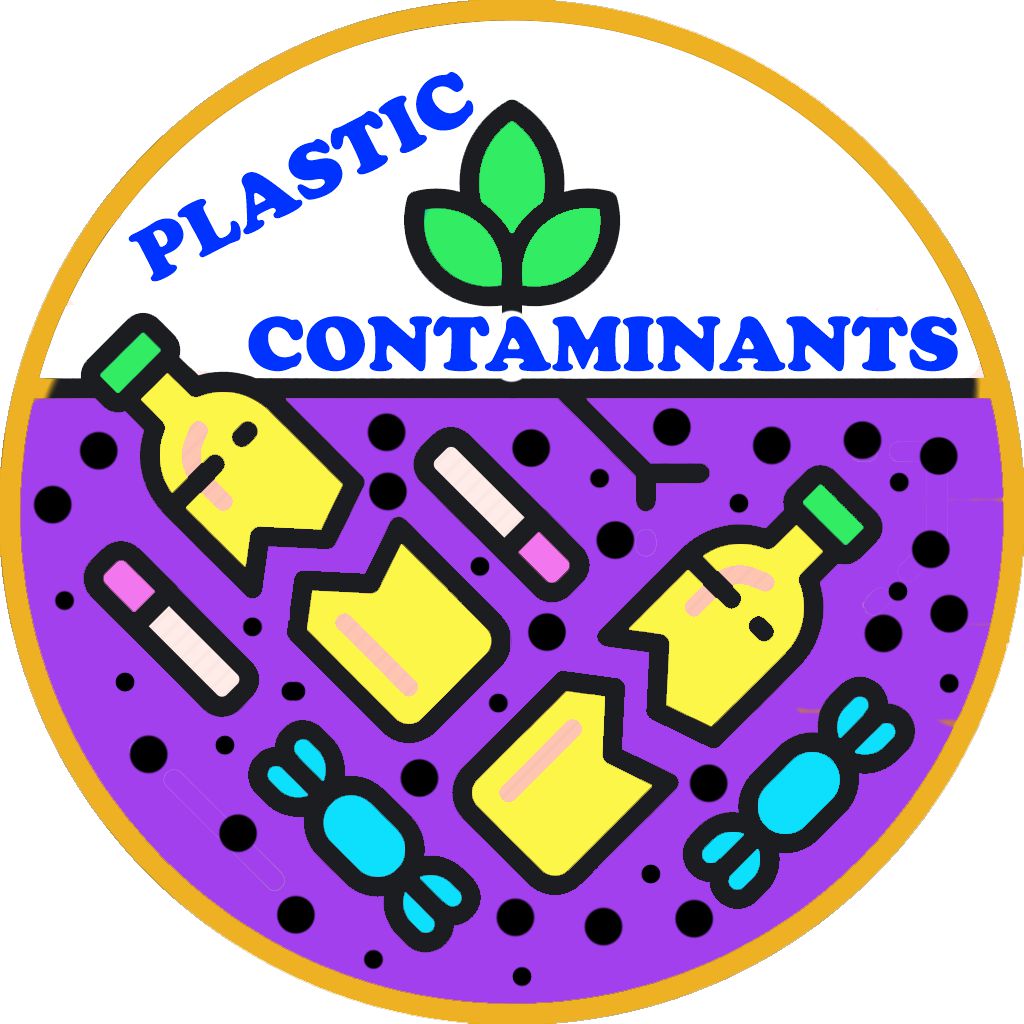
Plastic Contaminants Can Be a Real Struggle
February 1, 2025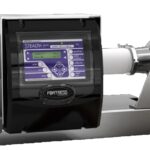
How Do You Test a Pipeline System?
April 1, 2025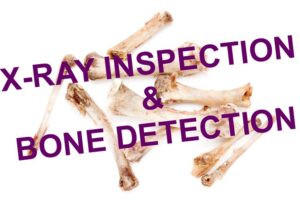 The Backbreaking Burden of Finding Bone
The Backbreaking Burden of Finding Bone
Bone detection in the food industry (as described in a previous post) has always been a delicate undertaking. Detecting bone contaminant using x-ray inspection is fraught with a host of potential problems. Those who have tried it may find that it’s more like an art than a science. Bone density can fluctuate widely between animals and is influenced by genetics, animal age, the feed, physical movement, length of time the bone has been exposed to air, and even osteoporosis. Changing testing standards may be a necessity between lots of animal, or between suppliers, or even among animals that appear to have been raised in the same environment at the same time.
Building a database showing the variety of factors affecting density and the standards used to detect those factors, will be very helpful, especially when there is a change of personnel or the need to write instructions into a HACCP plan. And you will probably need to work with suppliers to acquire at least some of that information to create such a catalogue.
Apparent density, of course, is another matter. What is seen on an x-ray scan can be affected by the thickness of bone or the test contaminant. For example, aluminum is not as dense as lead, so a sheet of aluminum will need to be thicker than a sheet of lead to achieve the same level of x-ray response. So the contaminant, while maintaining a consistent density, can be detected easier the thicker it is. A Stainless Steel 316 ball will always have a density of 8.0g/cm3, but a 5.0mm ball will be easier to detect than a 1.0mm ball, not primarily because it is larger, but because it is thicker.
The substance we’re using to simulate bone will maintain its density no matter how large or thick we cut it. But the thicker the material, the more easily detected. In our beef and pork simulate, a 3.0mm x 5.0mm test contaminant will always be 3×5, but we cut it at thickness varying from 1.0mm to 7.0mm, and the 7.0mm will be detected on an x-ray scan much faster than the 1.0mm.
Traditionally, because chicken bone has been more consistent, due in part to its hollow nature, we’ve kept chicken bone simulate the same thickness, but provided a variety of lengths. And in this case, rather than a solid simulate, we use a hollow tube filled with a 2nd substance less dense. Chicken, while having two types of bones (medullar and pneumatic) are in a category less dense than beef or pork. Hence, the reason for the addition of the inner substance inside the tube. But since the wall of the tubing is 0.5mm (x2), the density will appear as if it were 1.0mm thick with the added density of the interior substance.
The density associated with the carrier items has been designed to replicate the density associated with the product. If it is too light, there are voids. If is too heavy, false readings or rejects will occur. Meat has an atomic number of 1 – our goal is to make the entire carrier have a density equal to the 1 (or equal to the product). The variability of bone is why we always suggest testing with a multi-card and then moving to a single simulate card for regular testing.
Using this strategy, the size and thickness closest to the bone sample can be determined. Of course, this approach is best suited for applications that include an x-ray viewing screen, but it may prove possible in other situations as well. Once the standard is determined, a card with a single contaminant at that size can be used for regular testing.
As outlined in the previous article about bone simulate, we offer the following sizes and depths:
1) 6.5mm x 3.2mm
Thickness (depth): 1.0, 1.5, 2.0, 2.5, 3.0, 3.5, 4.0, 4.5, 5.0, 5.5, 6.0, 6.5 and 7.0mm
2) 5.0 x 3.0mm – same thicknesses
3) 5mm Cubes
4) 7mm Cubes
5) “Pucks” (cylinder shaped) in diameters of at 1.0, 2.0, 3.0, 4.0, 5.0, 6.0 and 8.0mm – all at 1.5mm depth
6) Hollow metal (representing chicken bone) 3.2mm in diameter, at lengths of 1.0, 1.5, 2.0, 2.5, 3.0, 3.5, 4.0, 4.5, 5.0, 5.5, 6.0, 6.5 and 7.0mm. This is filled with a substance giving it the approximate density required.
At Testrods.com, we strive to be at the cutting edge of development for test pieces used in metal detection and x-ray inspection systems, and that includes bone detection. We spend time talking to our customers, then researching and determining the best way to meet the safety demands of the industry. We’ve developed hundreds of customized solutions for the industry, and we now provide eighteen different contaminant types:
| DENSITY | CONTAMINANT |
| 0.9 g/cm3 | Polypropylene |
| 1.1 g/cm3 | Nylon |
| 1.14 g/cm3 | EPDM Rubber |
| 1.2 g/cm3 | Buna Rubber |
| 1.41 g/cm3 | PVC* |
| 1.4 g/cm3 | Acetal (Delrin) |
| 1.85 g/cm3 | Viton Rubber |
| 2.2 g/cm3 | PTFE (Teflon) |
| 2.2g/cm3 | Quartz |
| 2.23 g/cm3 | Borosilicate Glass* |
| 2.5 g/cm3 | Soda-Lime Glass |
| 2.7 g/cm3 | Aluminum |
| 3.9 g/cm3 | Ceramic AL203 |
| 6.0 g/cm3 | Ceramic ZrO2 |
| 7.85 g/cm3 | Ferrous (Chrome Steel) |
| 8.0 g/cm3 | Stainless Steel 316 |
| 8.48 g/cm3 | Non-Ferrous (Brass) |
| Bone Simulate | Bone Simulate |
And we can package those contaminants in nearly any kind and shape of test piece you may need. Email or call us 866-977-8663 for more information about bone detection.

